Sometimes I Cannot Smile — The Tragedy of Suicides Among Young Inuits

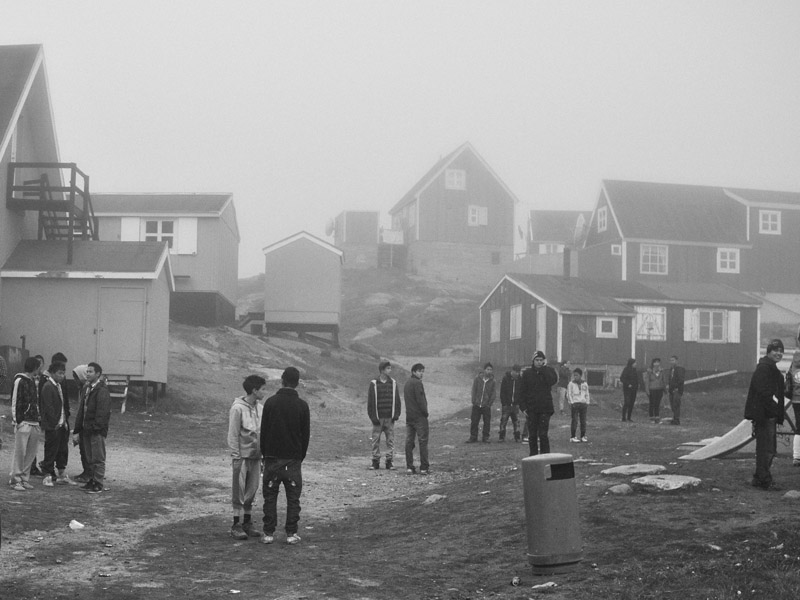
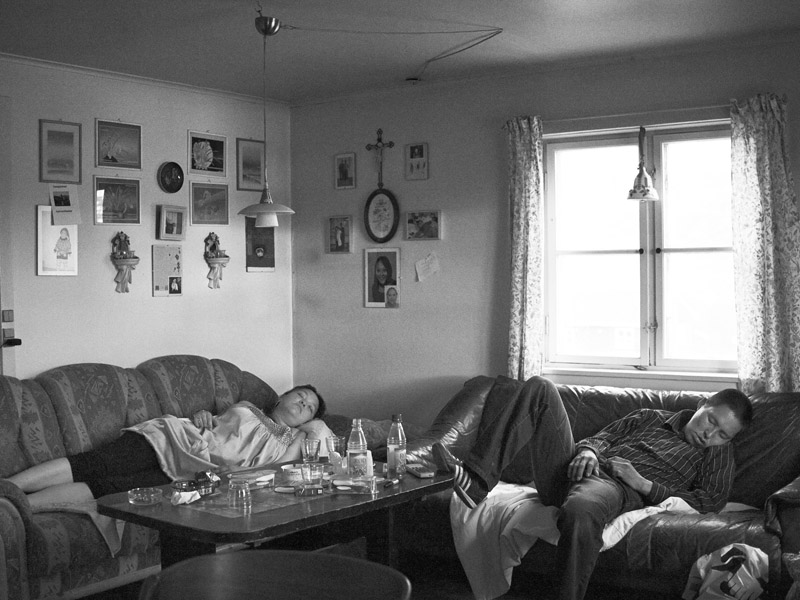
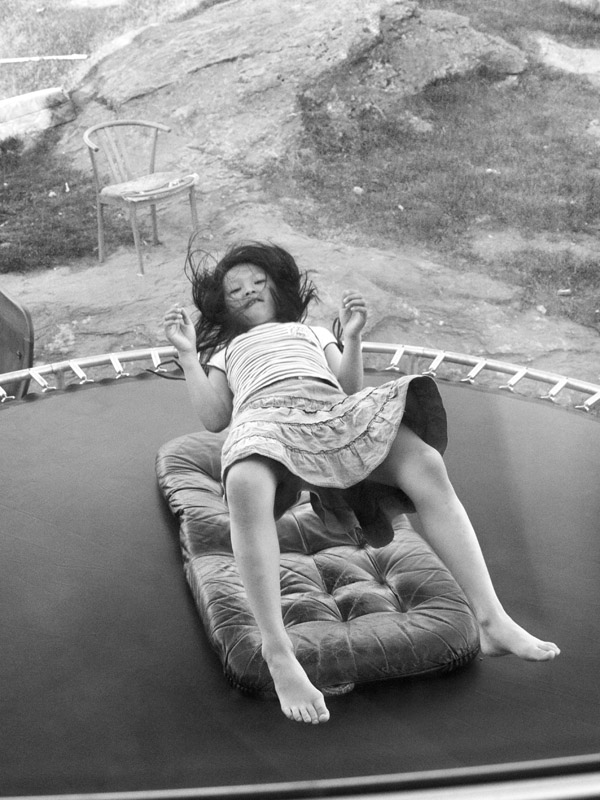
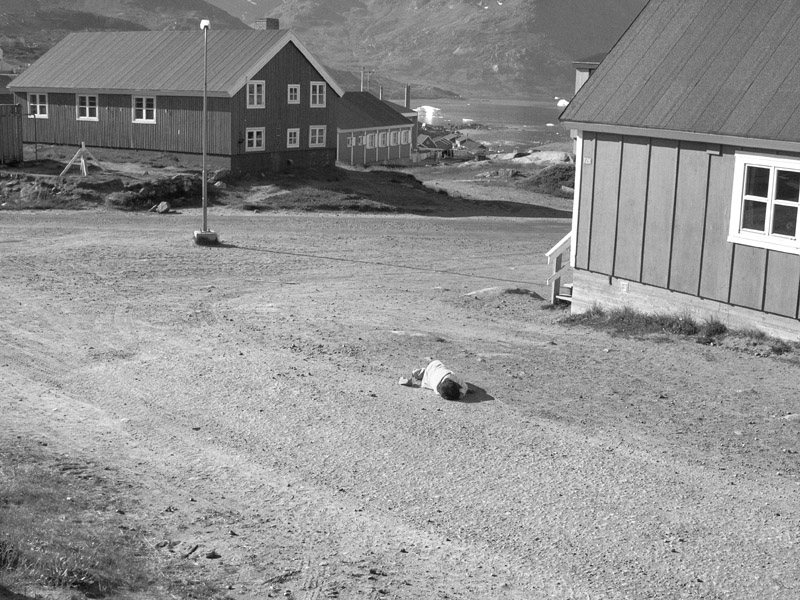
In East Greenland, 20% of young Inuits (an ethinic group of the Eskimo population) aged between 15 and 25 try to kill themselves every year. “If the populations of mainland Canada, Denmark or the United States had suicide rates comparable to those of the Inuit populations, national emergencies would be declared”, says the Inuit Circumpolar Youth Council.
Upon learning about such dramatic figures, Italian photographer Piergiorgio Casotti decided this story deserved attention, and made a photographic work in Greenland that also became a photobook and a documentary film, with the title Sometimes I Cannot Smile.
Hello Pier, thank you for this interview. You studied Economy and worked in this field for a while, and became a photographer only later in your life. How did you arrive at photography, and how long have you been taking pictures now?
I’ve been photographing for 6 years now but I’ve been doing this kind of photography only for 4 – in fact, I started as a fashion photographer.
I arrived at photogaphy really by accident. After quitting my corporate job I took some months off to clear my mind and think about what I wanted to do in my future. During a trip I was given a small compact digital camera. I used it and I enoyed it: that was what I wanted to do with my life.
It is no wonder why the terribly high suicidal rate in Greenland impressed you, but then again there are, unfortunately, other terrible stories as well – why do you think this one struck a particular chord with you?
There are three reasons. The first one is Greenland is a remote place, which works for me because I am a loner. The second is I love ice and extreme environments. The third reason is this story somehow speaks to me. I am very afraid of dying and at some point I thought I needed to face my demons. I figured dealing with my fear of death would be a good way for me to understand myself better.
You spoke with several young Inuits about their attempts at suicide. What did they tell you? What is it that leads them to try and kill themselves?
There isn’t just one reason why they do it. No one ever tells you clearly why they even tried. What I make of it is a series of unsettling episodes building on each other over time eventually breaks their worlds down. I’m talking about violence, incests, families breaking apart, isolation, the difficulty of imagining a different future for themselves… Also, a cultural legacy about suicides comes into play.
Arctic Spleen, the name of the photographic series, took years to be made. How long exactly have you stayed in Greenland? What was the most difficult aspect of living in such a remote location for you?
I took five trips over the span of four years. Overall, I stayed in Greenland for more than 6 months, trying to experience their life during the different seasons – it really deeply changes from winter to summer. The hardest thing was feeling vulnerable and exposed to the unpredictability of nature. It was the first time for me that my daily life was highly influenced by the natural environment.
The photographic series also comes in the form of a beautiful photobook called Sometimes I Cannot Smile, arguably one of the best published this year. Was it already your intention to make a book when you went to Greenland, or did the idea develop at a later stage?
No, I went to Greeland soon after finding out the high rate of suicides among Inuits. I almost acted on instinct. I left with no exact idea at all about the work I was going to do. And it took me two more years to realize that it could also be a book.
Could you share with us the main principles that have informed the concept and the design of the book?
I tried to approach my subjects in a very respectful way, without exploiting their stories. I didn’t want to focus on the suicides – not in a didascalic way at least. The idea behind the book design was the same: I wanted it to convey emotions, not to describe facts. The black and white treatment I chose, which resulted in greyish, low-contrast images, is a consequence of such approach as well.
The book is kind of like a novel where every reader can create their own story. It’s only when you read the text at the end of the book that you can connect the dots and see the bigger picture. The editing and sequencing were done by 3/3 studio (which also produced another successful Italian photobook, Saluti da Pinetamare by Salvatore Santoro). I set the overall direction, but I left the editors space for initiative because sometimes I get stuck on certain ideas, and that’s bad – I want to stay open to all options.
Sometimes I Cannot Smile is also a short documentary and a long documentary (the latter is still being edited). How did your approach to the story change – if it did – when making the films as compared to the book?
Telling a story with pictures is certainly different than doing it with video. The logic and narrative are even opposite in many ways.
Dealing with photographs and videos at the same time is about choices. I had to decide which medium was better at every step, considering the circumstances. Sometimes the choice is clear, sometimes you have to take a guess – and sometimes you realize you made a mistake. There’s no magical formula, it’s a matter of instinct. One helpful decision was using the same equipment for both activities. I chose a Panasonic GF1, a small camera: I wanted to be as discrete as possible.
What did you learn from the years you’ve worked on this project?
I learned, that’s for sure. But I couldn’t really say what. I definitely look at life in a different way, but whatever changed is still too subtle for me to identify it.
What are you working on right now? What new story would you like to tell in the future?
I’m currently working on a few projects at the same time, but they all are at such a very early stage that it’s too soon to say what will become of them. Some will be in South America, a very difficult one in South Africa, and a couple more here around my town. Moreover, I have two short films on my mind.
Pick one of the photographs from Sometimes I Cannot Smile and share something we can’t see in the picture with us.

I care a lot about this little girl, we were very close. Her mother is never in town and even when she is, this kid has to move from house to house every few months to be with relatives, grandparents, cousins… Every time we spent some time together I felt sorry for her. She is a happy girl now but I’m afraid for her when I think about her future… It would be such a terrible waste.
Keep looking...

Oleksandr Rupeta Captures the Relationships Between Humans and Their Unusual Pets

Cole Flynn Quirke’s Diaristic Photographs Document His Life After His Grandmother’s Death

Isabella Akers Rebuilds Her Relationship with Her Father by Photographing Him
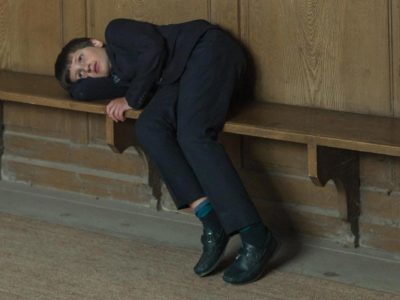
FotoFirst — Marcus Glahn Photographs the Last Transylvanian Saxons of Romania

Entrance to Our Valley — Jenia Fridlyand Shares Poetic Photos of Family Life on Her Farm
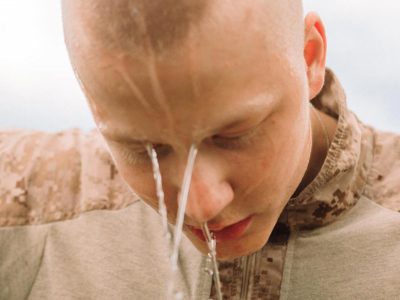
Men Don’t Play — Simon Lehner Investigates Masculinity on the Fields of Simulated Wars

Janne Riikonen Portrays Sweden’s Top Graffiti Writers




